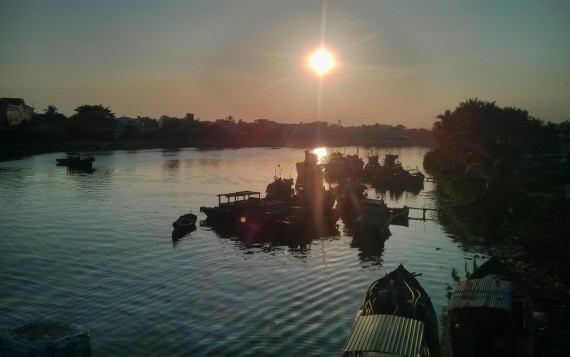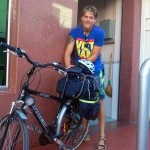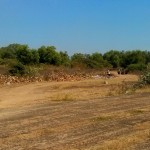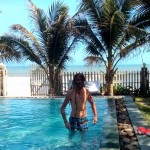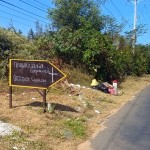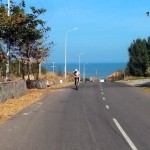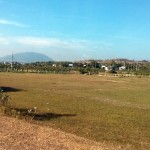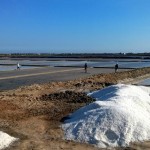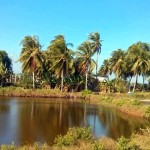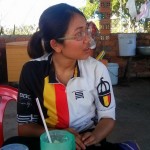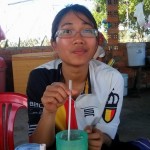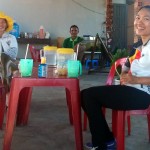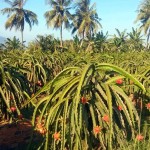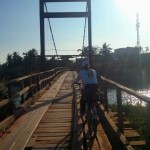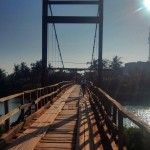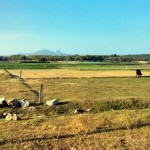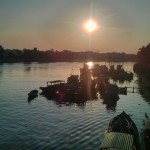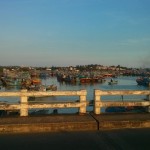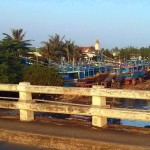This section from Phan Thiet to La Gi is the twenty-fifth instalment of my bicycle ride from Yunnan to Cambodia – if all goes according to plan. Titled “Slap the Belgian!”, it is simultaneously published on Crazyguyonabike.com, where you’ll find a map with the itinerary and many other bicycle diaries by me and others. I hope you’ll enjoy.
Bit of a late start today. Nine by the time we’re out of bed and at 10 we’re still eating lady fingers (some sort of long, pointy bean) and drinking beer at the cold beer place across the road.
By the time we’ve said goodbye to Jean-Paul, a Dutch military man with a few months off and a cheap city bike of questionable quality, it’s almost 11. No problem, I think. We’ve planned eighty-something kilometres but my degenerating brain thought there were only 70.
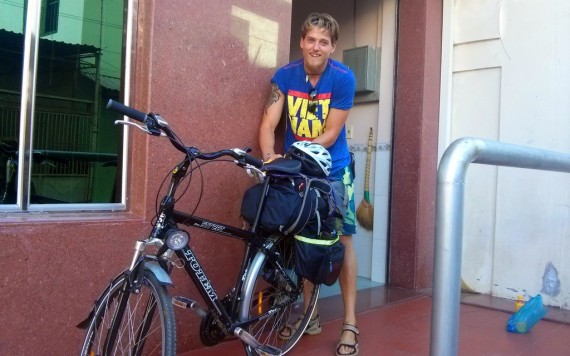
The train sets in motion towards the beach, where we will follow a smaller road along the coast in order to avoid traffic. What I cannot see on either the paper map or the Google Map, is that the first few kilometres that hug the shoreline are a mix of sandy road and broken tarmac, basking in the smell of rotting fish.
When we reach the end of it, a kid informs us that an American has been killed here, many many years ago. The usual scaremongering, but perhaps the road is not a good place to be after dark. We’re happy to join the main road again, which weaves through beach resorts and seems to be built exclusively to cater to resort guests.
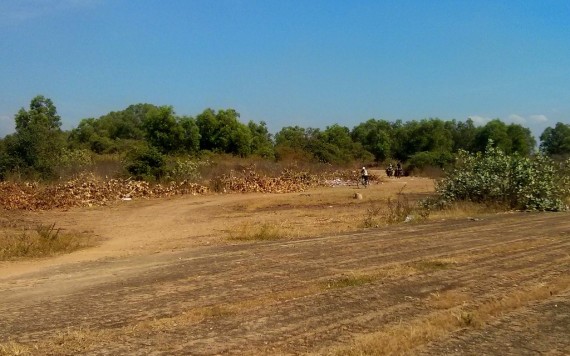
And the foreign guests, they’re almost exclusively Russian. There are so many Russians that each sign is in at least Vietnamese and Russian, sometimes in English too. There’s an orthodox church and bulky, bare-chested Putinesque men are scooting around with their hourglass-shaped blonde wives/girlfriends.
Katya and Mirek, too, are on their way to visit a Russian friend who is staying at one of the many resorts, La Veranda. We are invited in, too, and the back door provides access to a dip in the sea, after which we rinse ourselves in the garden pool, munching on fruit. Dmitri and his wife Maria are very welcoming. Dmitri is happy to escape Moscow for a month, where he is a well-paid IT-consultant.
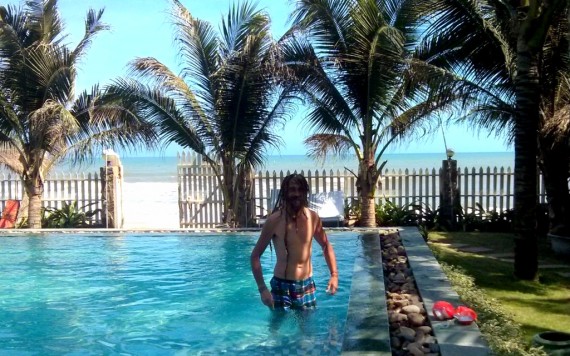
After about two hours of winding down at the resort, we consider it time to go on. We say bye to Katya and Mirek, who are going to stay at Dmitri’s bungalow for the night, and head off. They’ve been fun people to ride with, despite some of the spiritual differences.
Alone again now, Tu and I munch asphalt for another hour before making a second stop to eat. All around are resorts so we don’t expect to find any decent prices and we stop at the first restaurant we find. A sign in Russian and English bids us welcome, most of the chairs are empty. A menu in English has the prices changed several times by means of a ballpoint pen and with post-it stickers. Our meal of fried instant noodles with beef for two and two glasses of watery passion fruit juice sets us back 180.000 VND. The girls at the table next to us speak Russian.
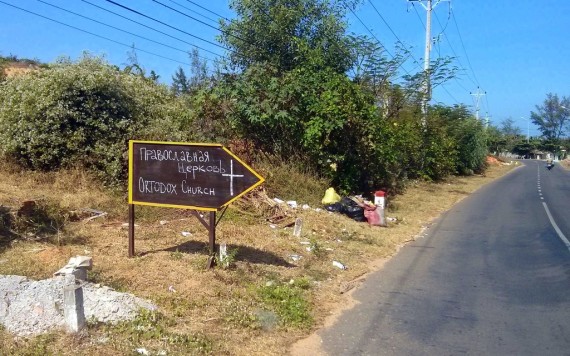
Then we climb away from the sea a bit and go on a more rural road. We find a shortcut on the Google Map, which thankfully isn’t as bad as this morning’s. Au contraire: the road is covered in some of the best tarmac I’ve seen in Vietnam and we’re easily making 26km/h until we get back to the bumpier main road.
Still, all of the coastal road is to be commended for its low traffic and general decent quality. The views, especially if you like beaches and sea, are great too.
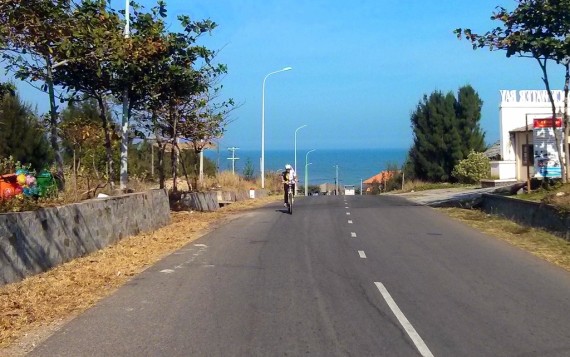
On all sides of the road, people are planting rice. Rice is planted in three stages, according to my mentor Tu. First, the rice seeds are strewn in not-so-wet fields to grow a bit. When the plants shoot up, they are removed from the field to grow even more.
At this stage, the better plants are separated from the weaker ones. The best plants are then planted in rows in inundated fields to grow up before they are harvested for their seeds.
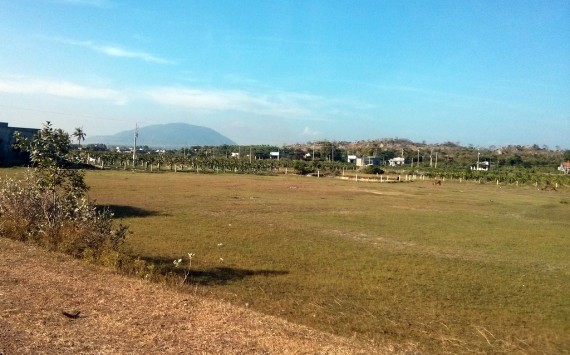
Other rural scenes include the extraction of salt from seawater. This is done in square-ish basins that are first flattened with the use of cylinders and the feet. Then, the basins are filled with sea-water which dries up in the sun. The remaining salt is then scraped off.
The clay soil near the beach, much like in Belgium, is excellently suited for this purpose. Older basins are just left filled with water, with no clear purpose. Perhaps they’re used as fishing grounds?
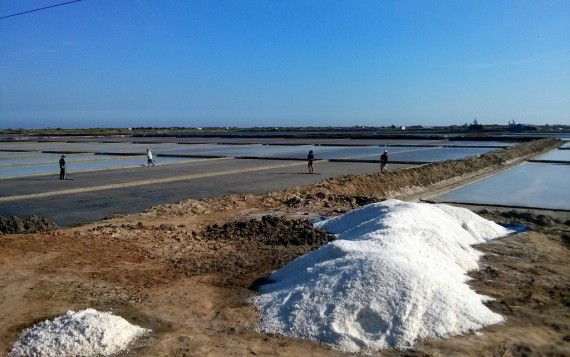
Where we get the choice of joining the death highway 1A or going on a smaller road through villages, we first have a refreshing glass of sugar-cane juice which comes with salty lemon. Then we move on south and south-west onto the smaller road.
Leading through beautiful dragon-fruit fields, it is actually very good, with the exception of a small sandy stretch and a rickety bridge.
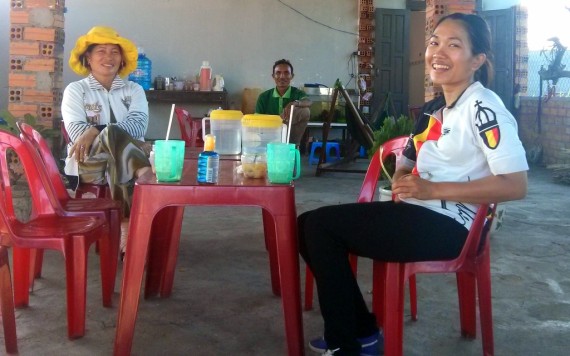
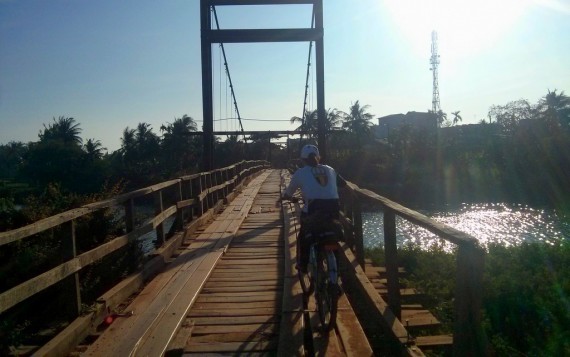
We go through many more kilometres of agricultural bliss before reaching La Gi at around 5pm. Even though we still have an hour before night falls, we decide to stop now and make tomorrow a longer and stronger day.
Outside its resort-lined tourist district, La Gi is a lovely town with plenty of snacking opportunities. We get a clean bed at the Mai Long hotel for 150.000 VND, before hitting the town and eating our tummies round, joined by four exhausted Dutch guys who’d come on motorcycles from Saigon.
